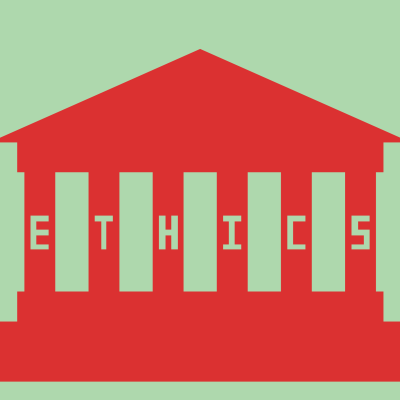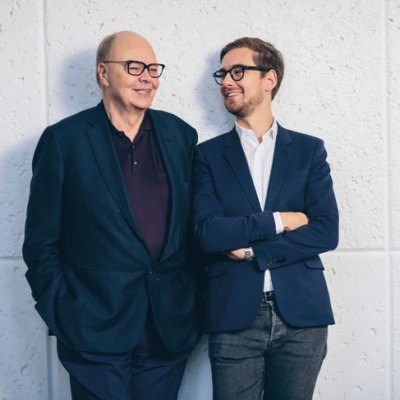Who would want to be the director of one of the world’s great galleries of contemporary art? Not, it appears, Beatrix Ruf, who has suddenly resigned as director of the Stedelijk Museum, Amsterdam. Not that the departure can exactly have been voluntary. A Dutch national newspaper, NRC Handelsblad, has run a series of articles questioning Ruf’s outside interests and her dealings with an important German collector who had made a combined gift and sale to the museum. Ruf’s departure coincides with the arrival of a new chairman of the Stedelijk’s supervisory board, Ferdinand Grapperhaus. It can’t have helped that shortly after he took up his post, Grapperhaus was appointed by the Dutch premier as minister of justice.
But has justice been done? German-born Ruf is a leading international curator, who has regularly figured high in the power lists. She joined the Stedelijk in 2014, after a very successful period at the Kunsthalle Zurich. As the Dutch museum’s official biography of her states: ‘Ruf embeds her projects within a network of prominent international institutions including the Centre Pompidou in Paris, Tate Liverpool, the Irish Museum of Modern Art in Dublin, Witte de With in Rotterdam, the Abbemuseum in Eindhoven, Museum of Contemporary Art in Chicago, the Berkeley Art Museum in San Francisco and Moderna Museet in Stockholm’. She has sat on numerous juries, biennials and triennials, including curating the Tate Triennial in 2006.
One of the newspaper’s charges against Ruf was that in addition to these many outside interests she also ran an art-advisory consultancy, Currentmatters. She resigned on 17 October, ‘in the interests of the museum’. Is it in the interest of the Stedelijk to lose such a talented and well-connected person? Beatrix Ruf’s career – and the criticisms made against her – show how intricately interconnected the art scene has become, while the art market remains one of the least regulated markets in the world. Contemporary art has become more than big business: it has become a matter of international prestige. The directors of national institutions find themselves operating in a complex cat’s cradle of conflicting interests: collectors, dealers, and artists all know that the purchase of a work by a public collection – or even just its temporary display – will increase its and the artist’s value. At the same time, there are books to balance and costs to meet.
Institutions have their codes of conduct. Tate, for instance, publishes its ‘Ethics Policy’, which it aligns with the Museums Association’s Code of Ethics for Museums and ICOM’s Code of Ethics for Museums Worldwide. This applies to all its staff, representatives and trustees. As one would expect, no individual should use their position to make a private gain for themselves or others. There are strict rules governing the authentication of a work, or buying on one’s own behalf (‘The Museum expects all representatives to […] not compete with the museum in any personal collecting activity’). In addition to respecting the Museums Association code, Tate trustees and staff – like the members of all public bodies, not just in the cultural sector – are enjoined to respect the Nolan Committee’s Seven Principles of Public Life, established in 1996.
The trouble is, such principles do not cover the fine grain of the dealings between the public and private parts of the art world. And the Nolan rules certainly don’t apply in the United States, where the competition is even fiercer and the relationships closer, especially with the presence of so many significant collectors on boards. In Britain, the unspoken rules that applied 10 years ago have loosened. It is no longer infra dig for a commercial gallery to run a selling show at the same time that an artist is having a public exhibition. Galleries may be prepared to contribute, say, to the transport costs involved in a public show. They can help to sponsor a show, which seems to be acceptable as long as it is not an exclusive deal.
The Museums Association code warns public institutions to ‘resist attempts to influence interpretation or content by particular interest groups, including lenders, donors and funders’. But is there not another way of looking at this? Lenders, donors and potential sponsors are precisely the people the directors of public galleries have to cultivate and, with artists, are essentially the constituents of the exclusive culture that it is their job to know and interpret. All those dinners, all those openings… throw them together, and there all sorts of ways in which people can make life easier for each other. Should a director be punished for knowing too many people?
Ideally, such dealings should be as transparent as possible, although few people in the commercial world seem to like that. All the director has in this world of conflicted interests is the ability to judge where the interest of their institution lies. That, and trust. Trust from their peers that their judgements are the right ones – and the trust of their chairman and trustees.



